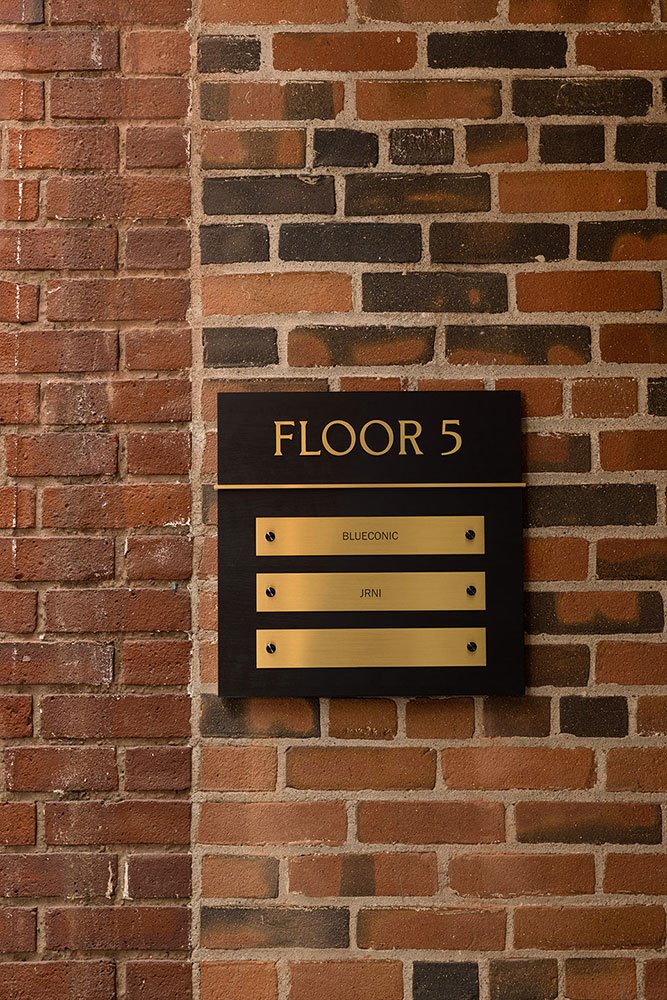This project to reimagine the shared spaces of the office building at 179 Lincoln was formed around a balance of old and new: we uncovered and amplified the building’s rich history while creating spaces that are responsive to the needs of the post-pandemic workplace.
▼ Overview Of The Project

179 Lincoln serves as a case study in the sustainable and experiential benefits of adaptive reuse. Originally designed as a shoe factory, the full-block building is remarkable for its ornate stone facade, decorated with imagery depicting shoe manufacturing, and for its distinctive brick and terra cotta structure. Our work involved a combination of subtractive and additive methods to uncover the building’s history. Decayed renovations left the public areas of the building dark and generic, and decades of changes resulted in layers of materials like vinyl and carpet. We removed the layers to reveal the original terrazzo flooring, which was carefully restored.
▼ Reception Area
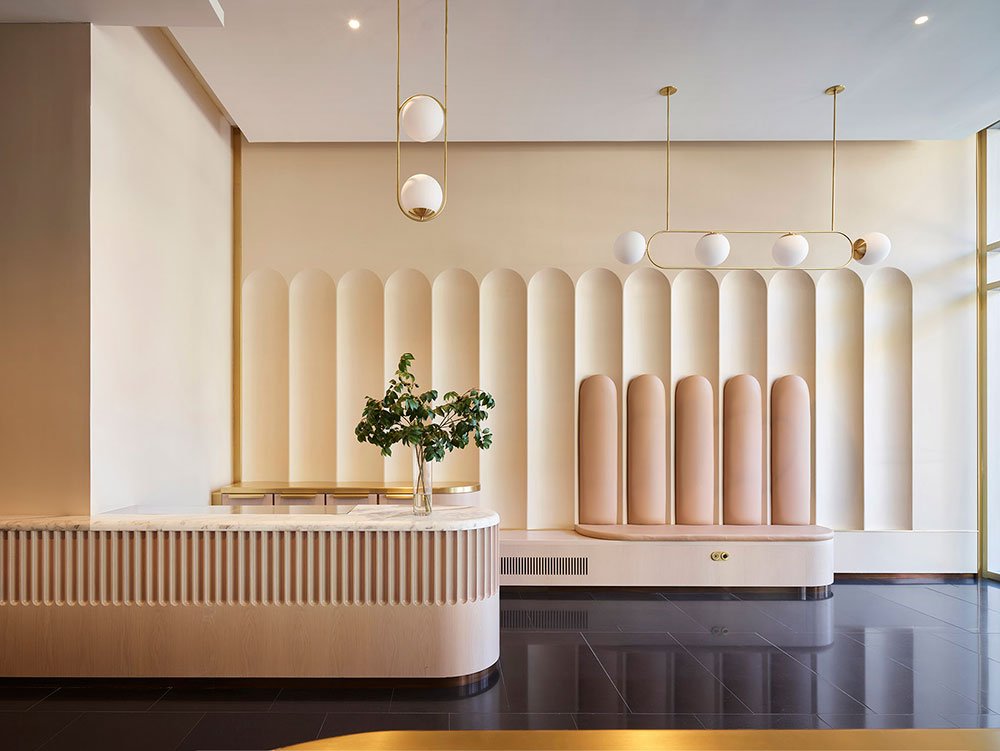
▼ Waiting Area
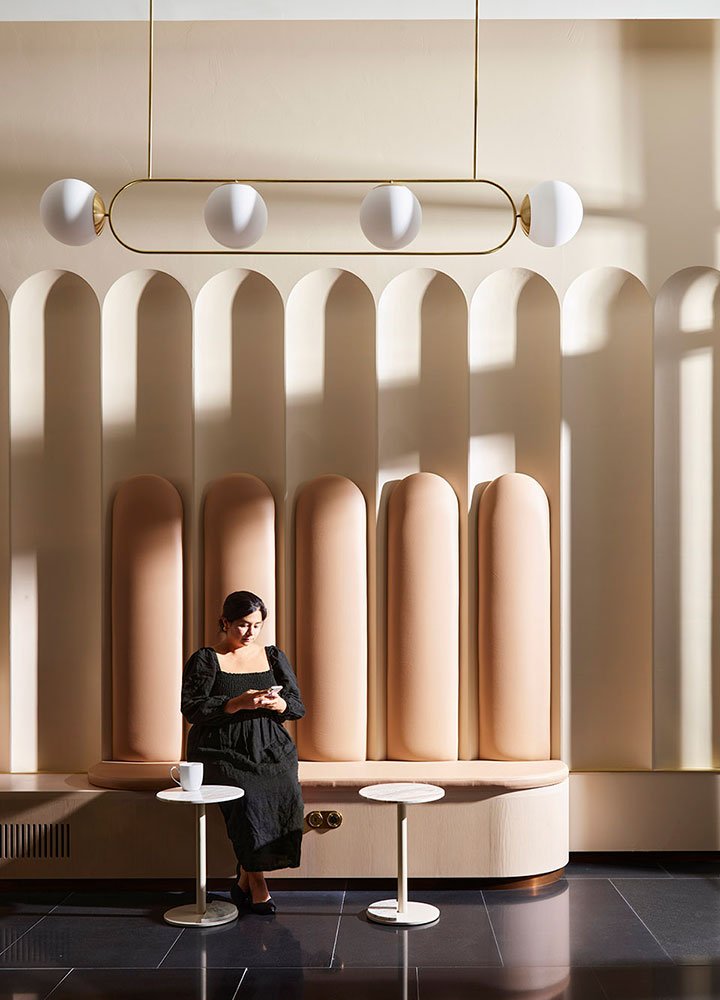

▼ Details Of The Reception
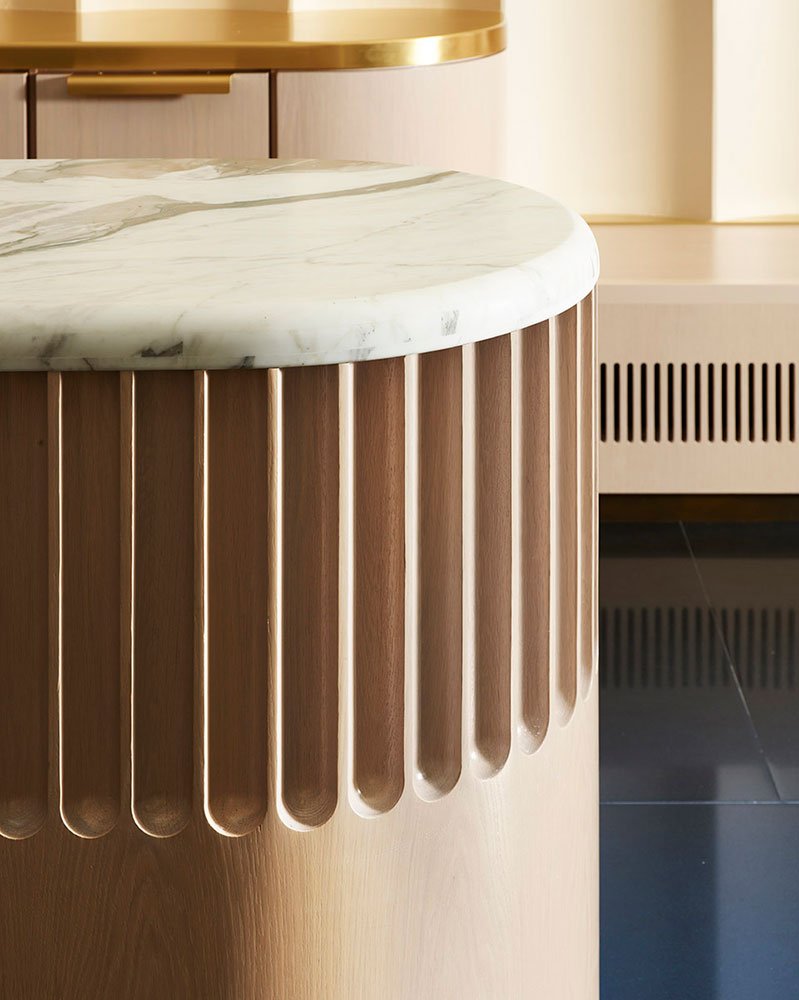
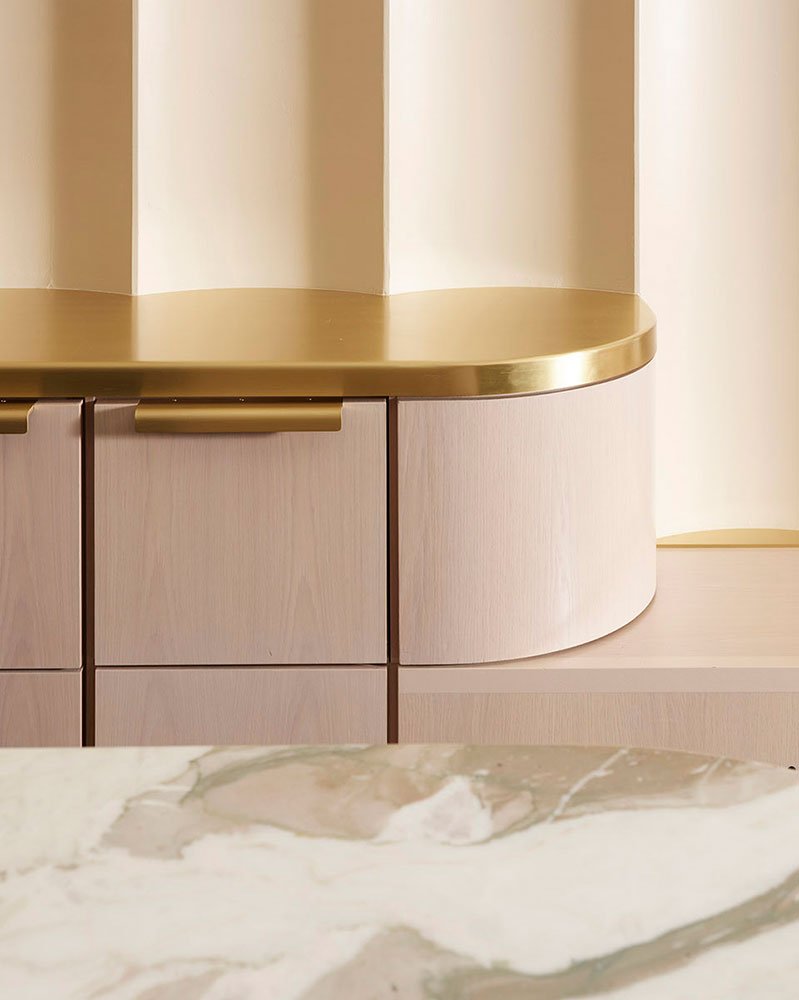
▼ Texture Of Leather

We incorporated the history and design of the building’s unique facade into the interior design. The building boasts distinct arched geometry and rich details, making it a serene presence in its neighborhood. With a modern sensibility, we developed an architectural language that incorporated the functional and ornamental elements into the building’s core , adapting them to the human body’s scale, creating contrasts of materials and scales.
▼ Staircase And Circulation Area
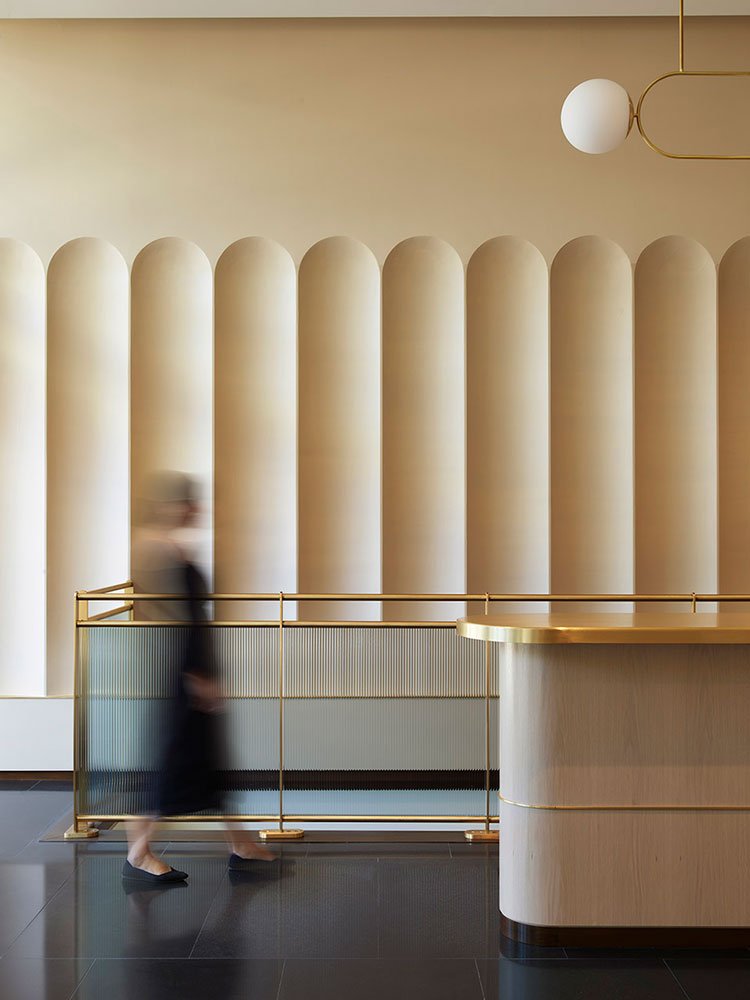
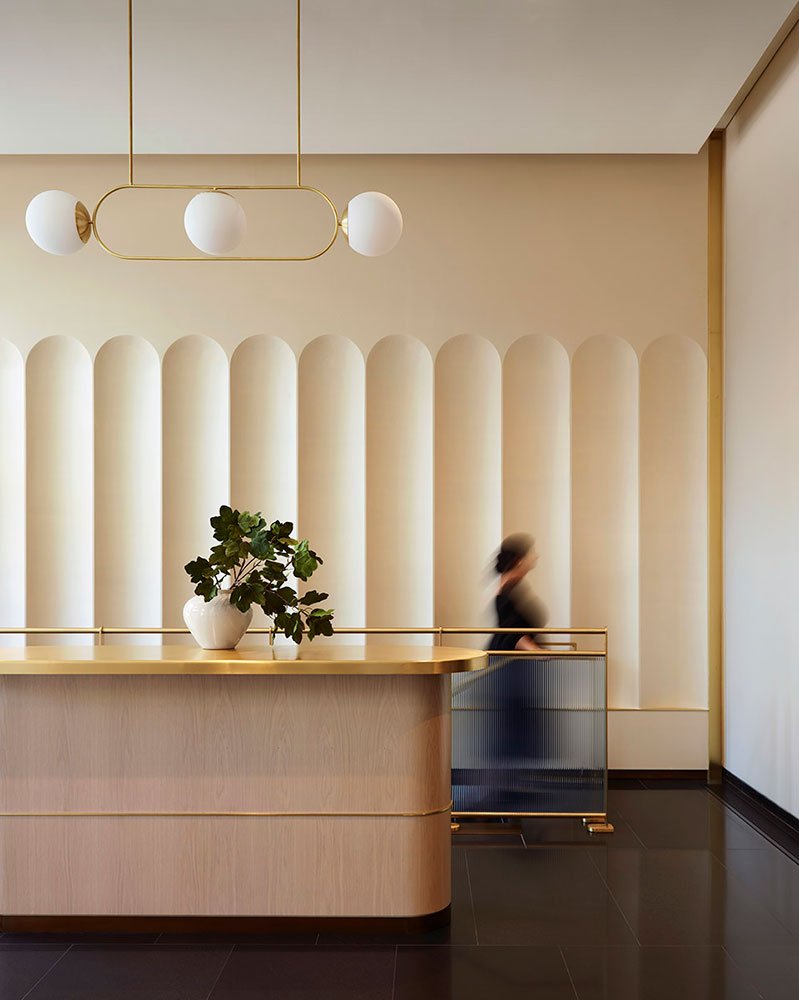
▼ Details Of The Handrail And Lamps
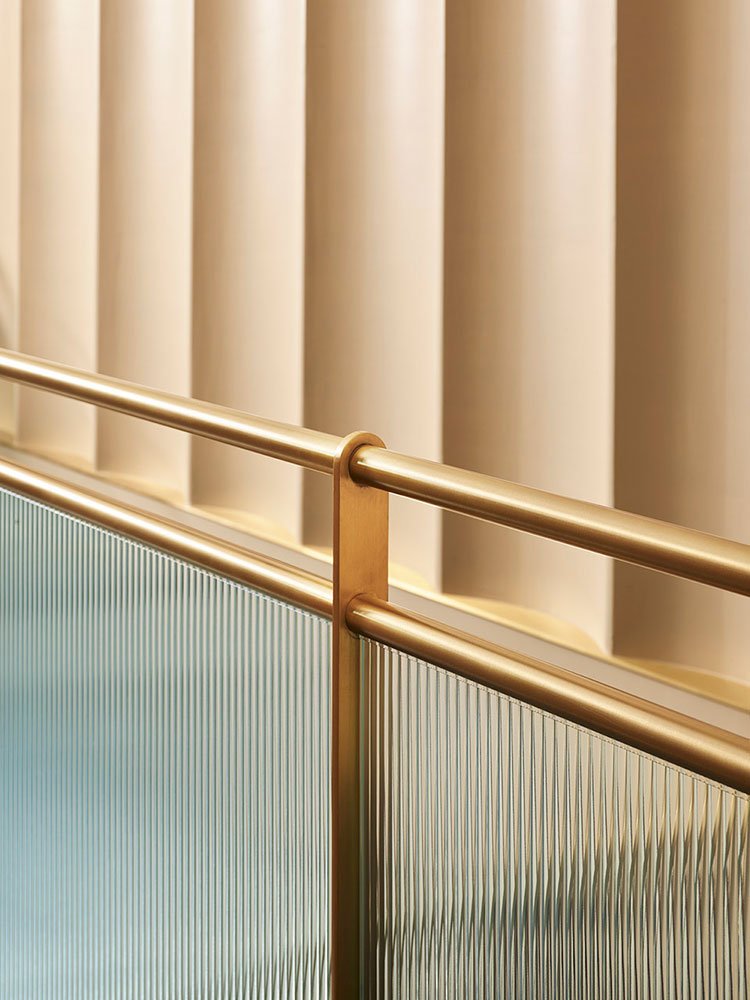

In incorporating new elements, we drew from historical elements that had been part of the original structure, such as brass mail chute , textured plaster , and leather used for shoes. With a rich material palette of hand-troweled plaster, stone, oak, and brass, we’ve transformed shared areas of the building into light-filled, welcoming public spaces.
▼ Details
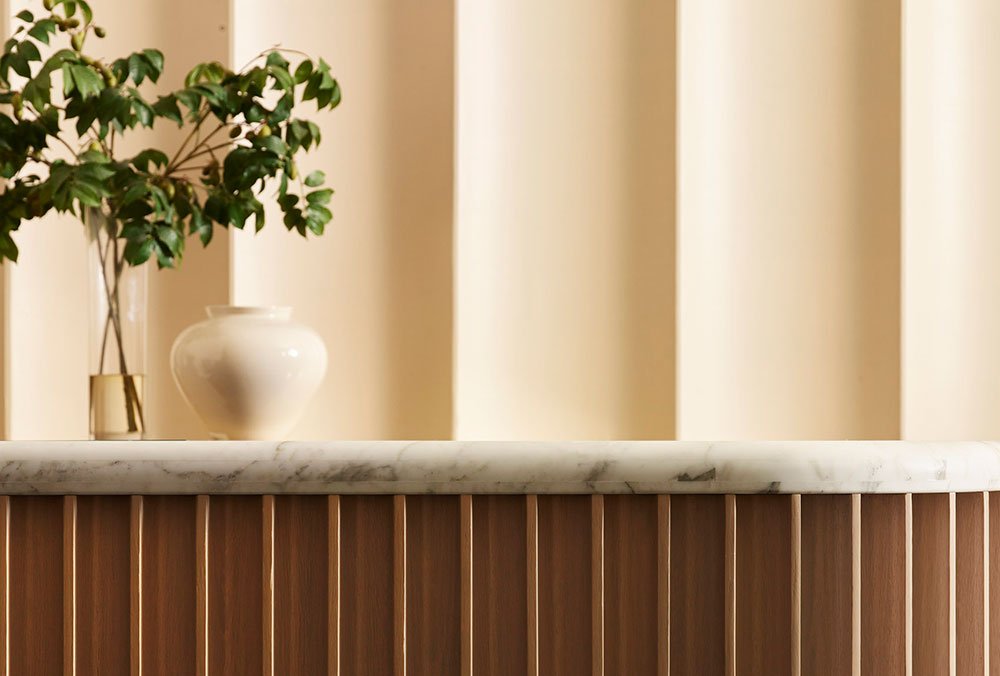


▼ Details Of The VI Design
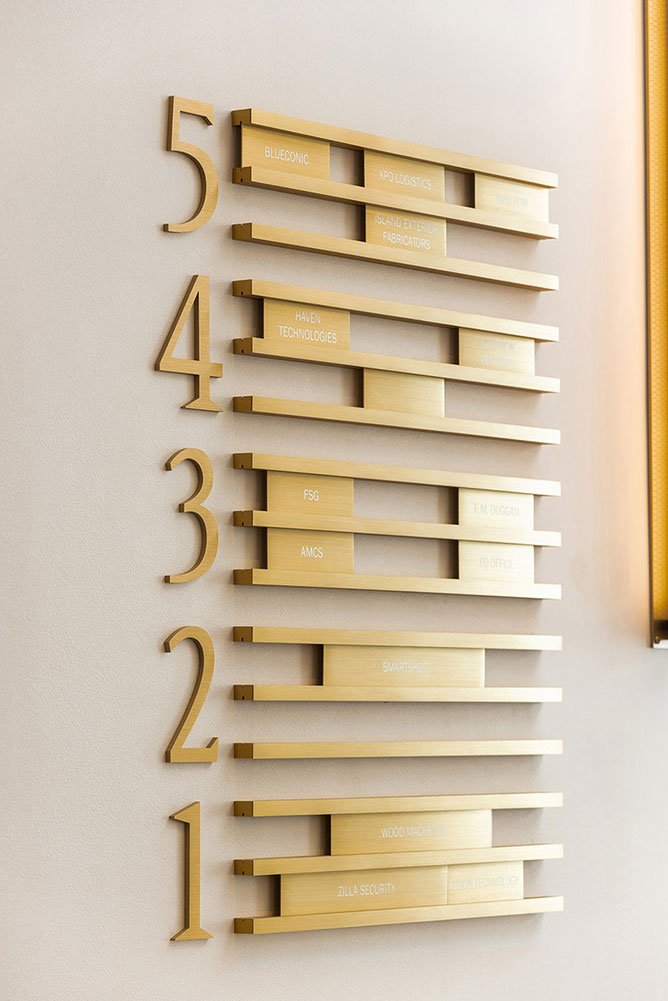
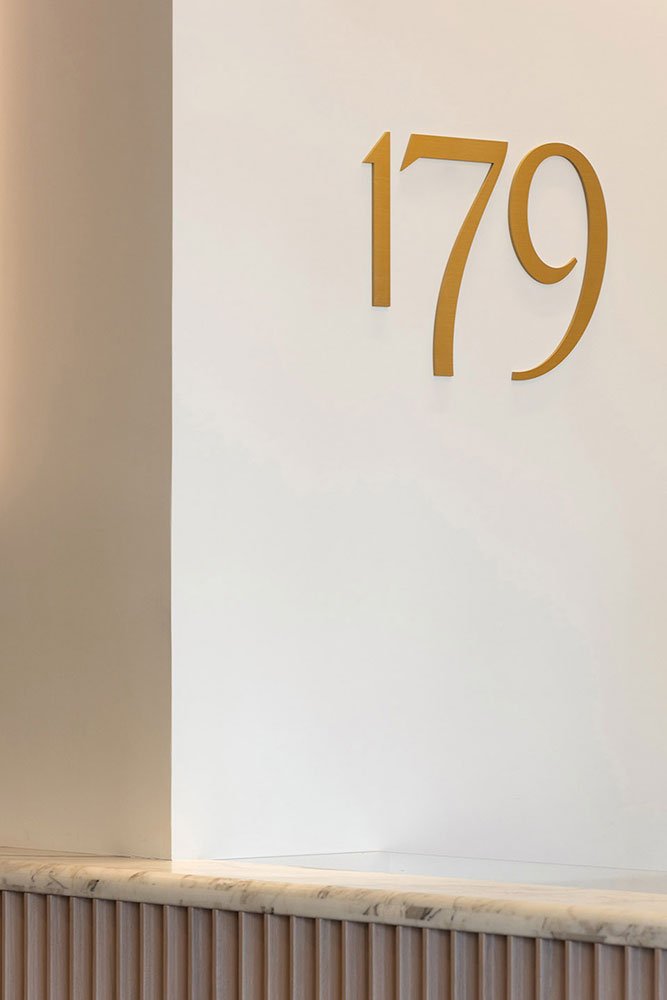
The project creates a multi-layered narrative that spans back to 1899, connecting the history of Boston manufacturing to today’s office workplaces. This project responds to the changing nature of office work by offering new experiences beyond what we can do from home. The project’s hospitality approach provides a welcoming and inclusive space for team members to spend time.
▼ The Brick Wall Reflects The History Of The Building
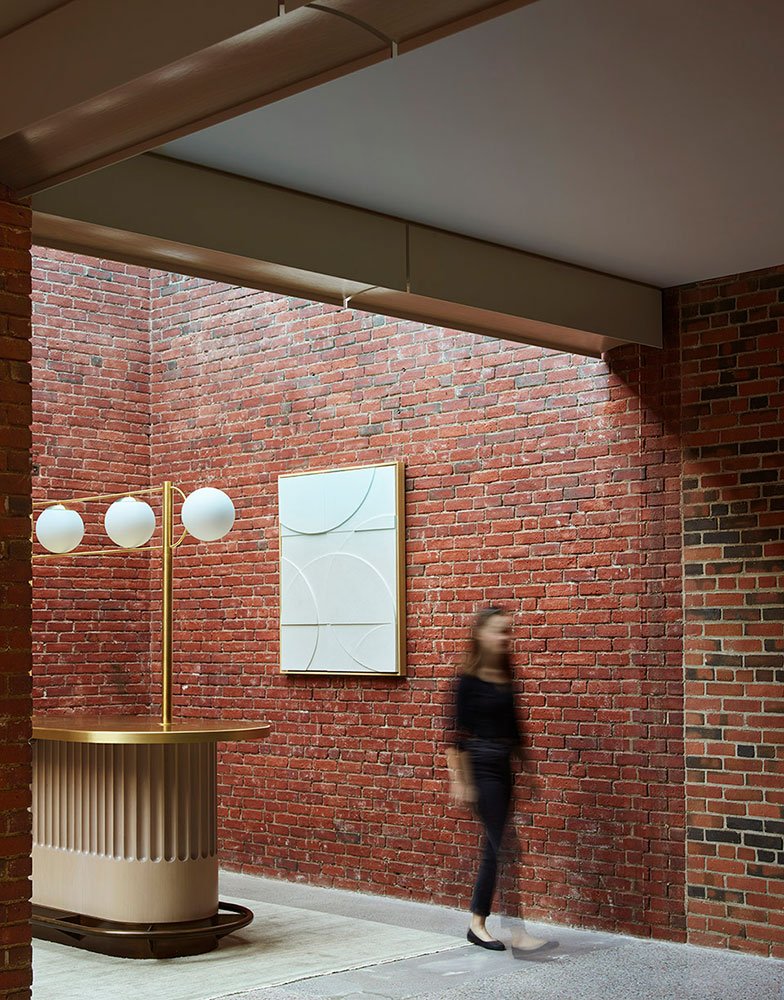
▼ Pocket Space
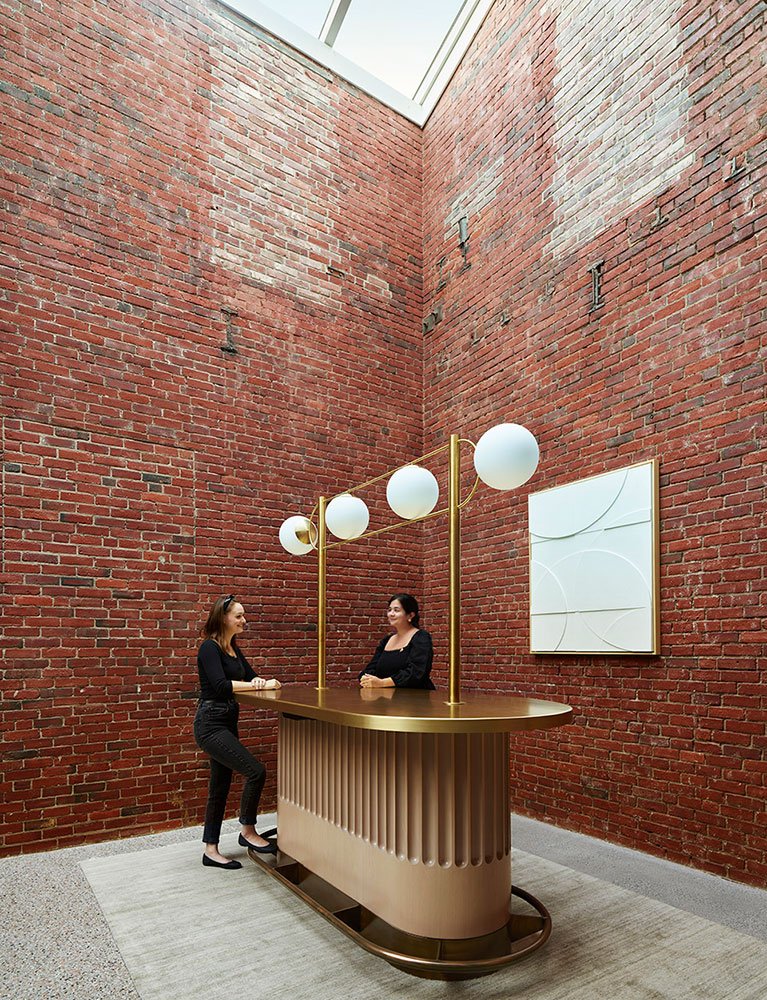
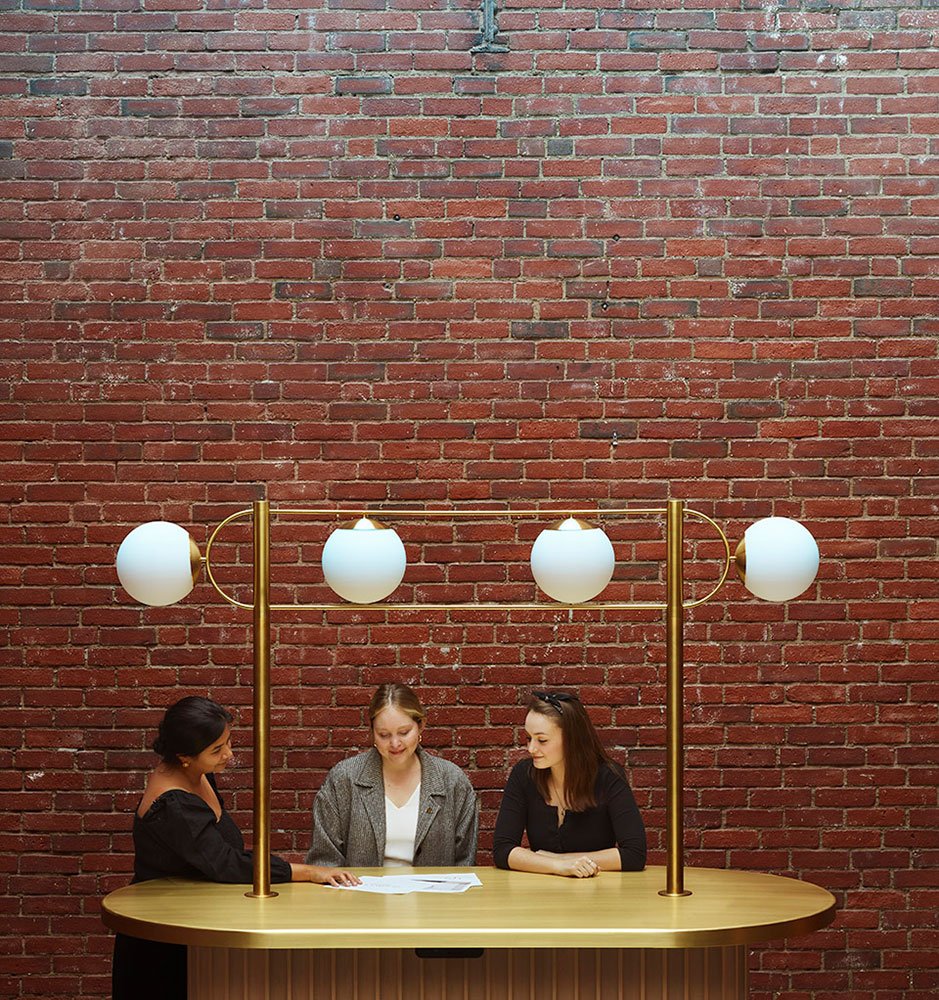
▼ Details Of The Lamps
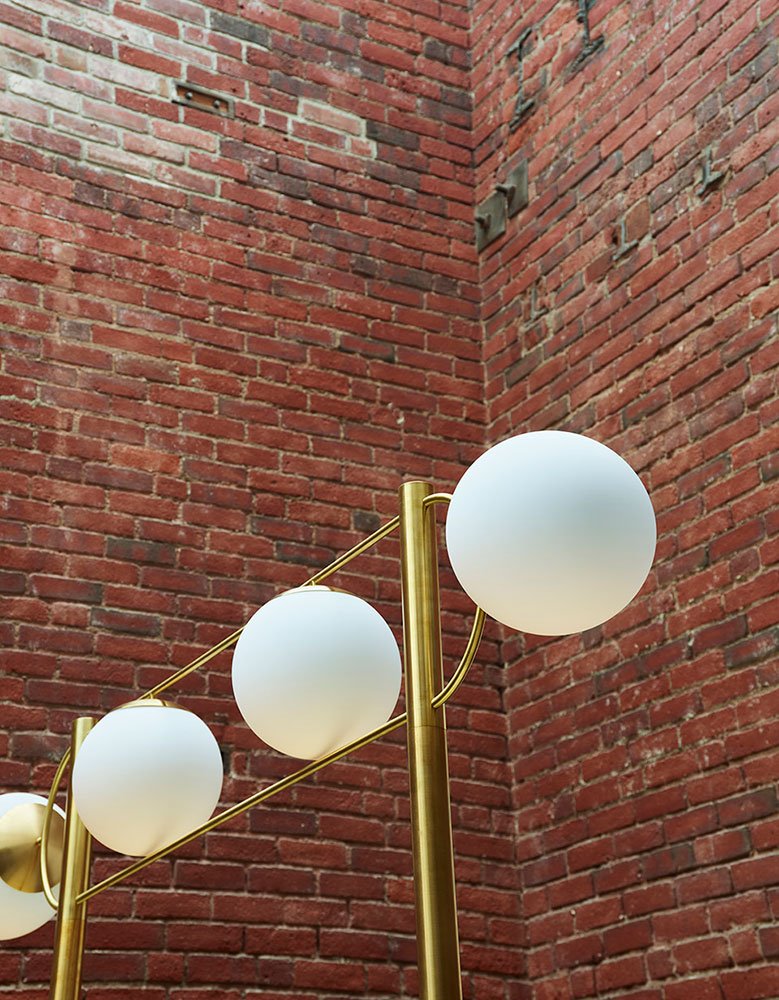
The project sought out spaces at the edges of the building, from unused lobbies to dark corners on five floors. The spaces now offer a visually and haptic environment that elevates and honors the spirit of the workplace. By connecting us to the history of this grand building, we experience historic Boston seen through the lens of a future-focused workplace.
▼ Integration Of Furniture With The Historical Structure Of The Building
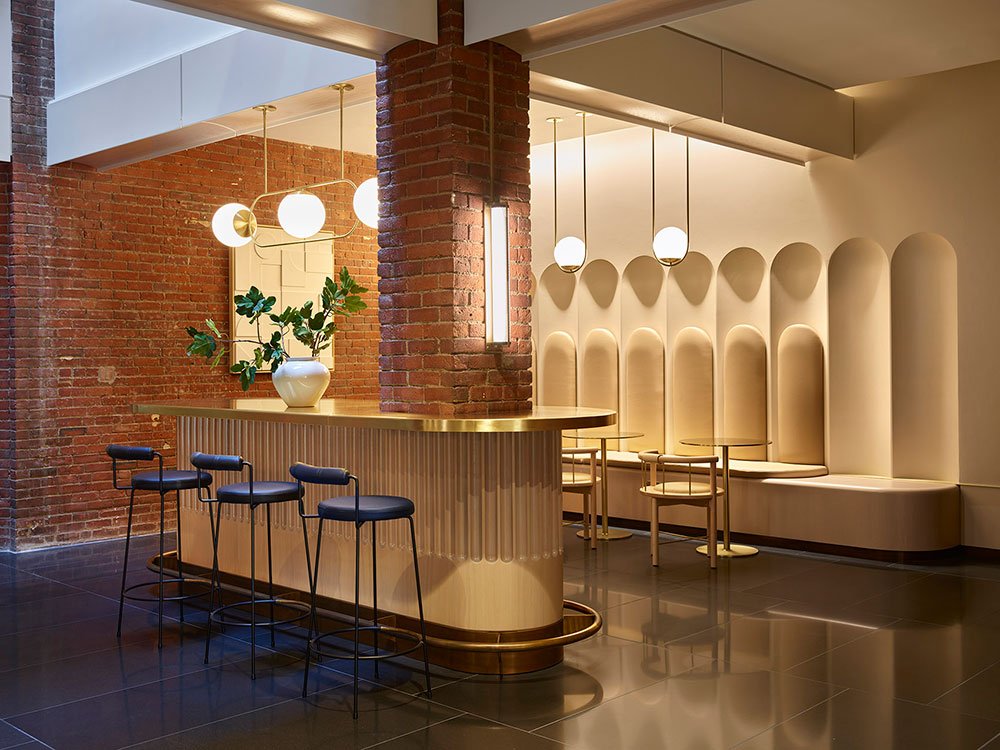
▼ Shared Leisure Area
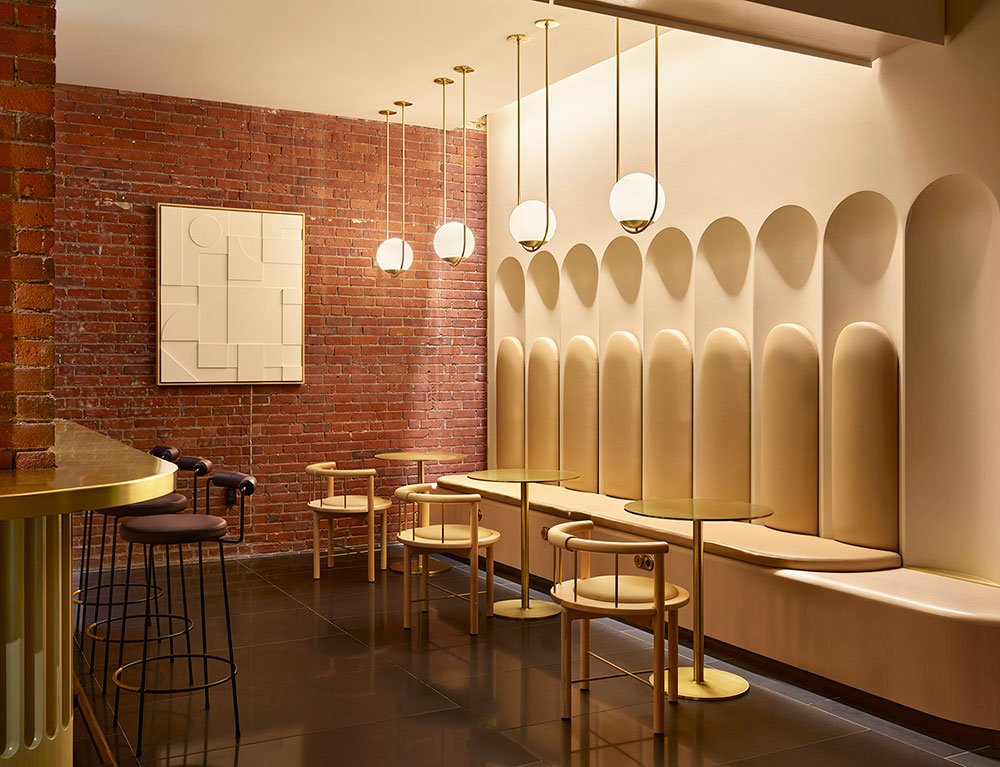
▼ Juxtaposition Of Old And New
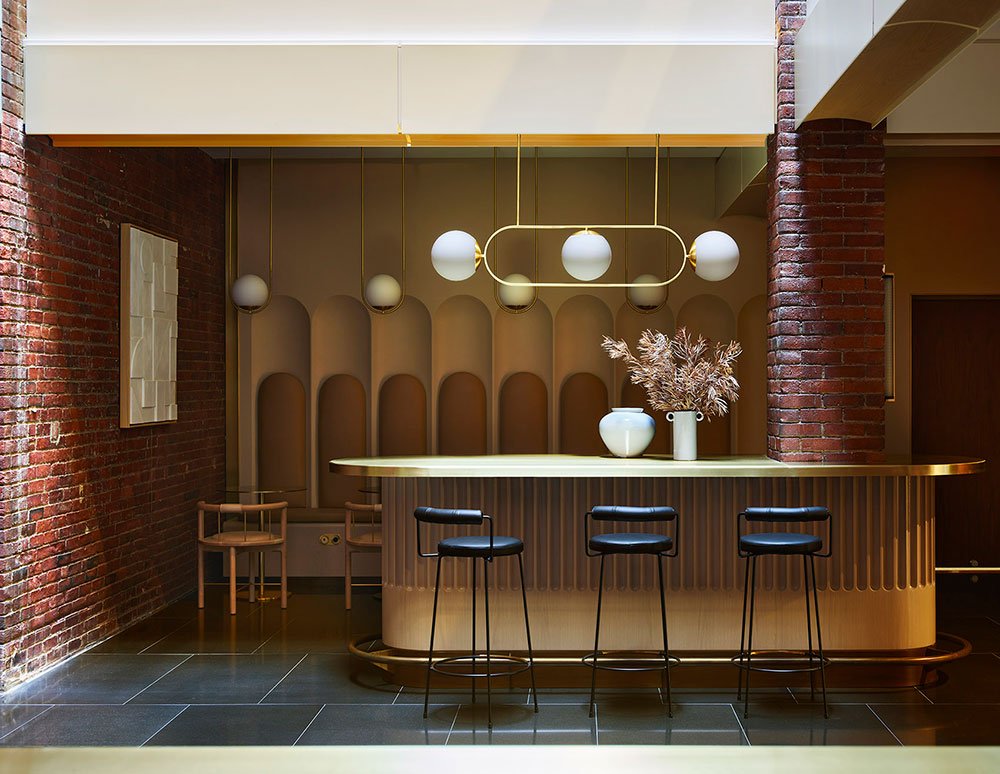
▼ Details Of The VI Design
